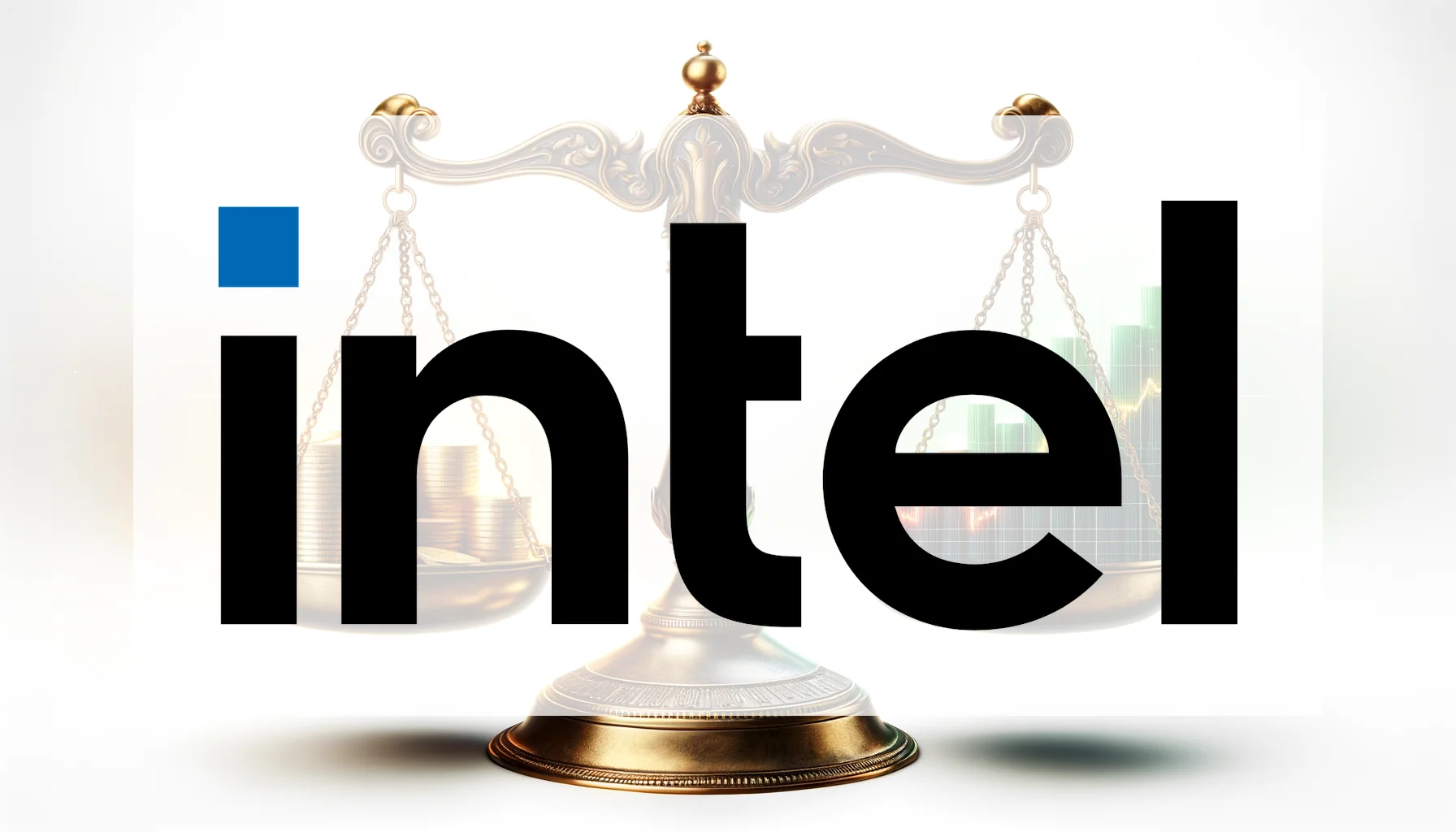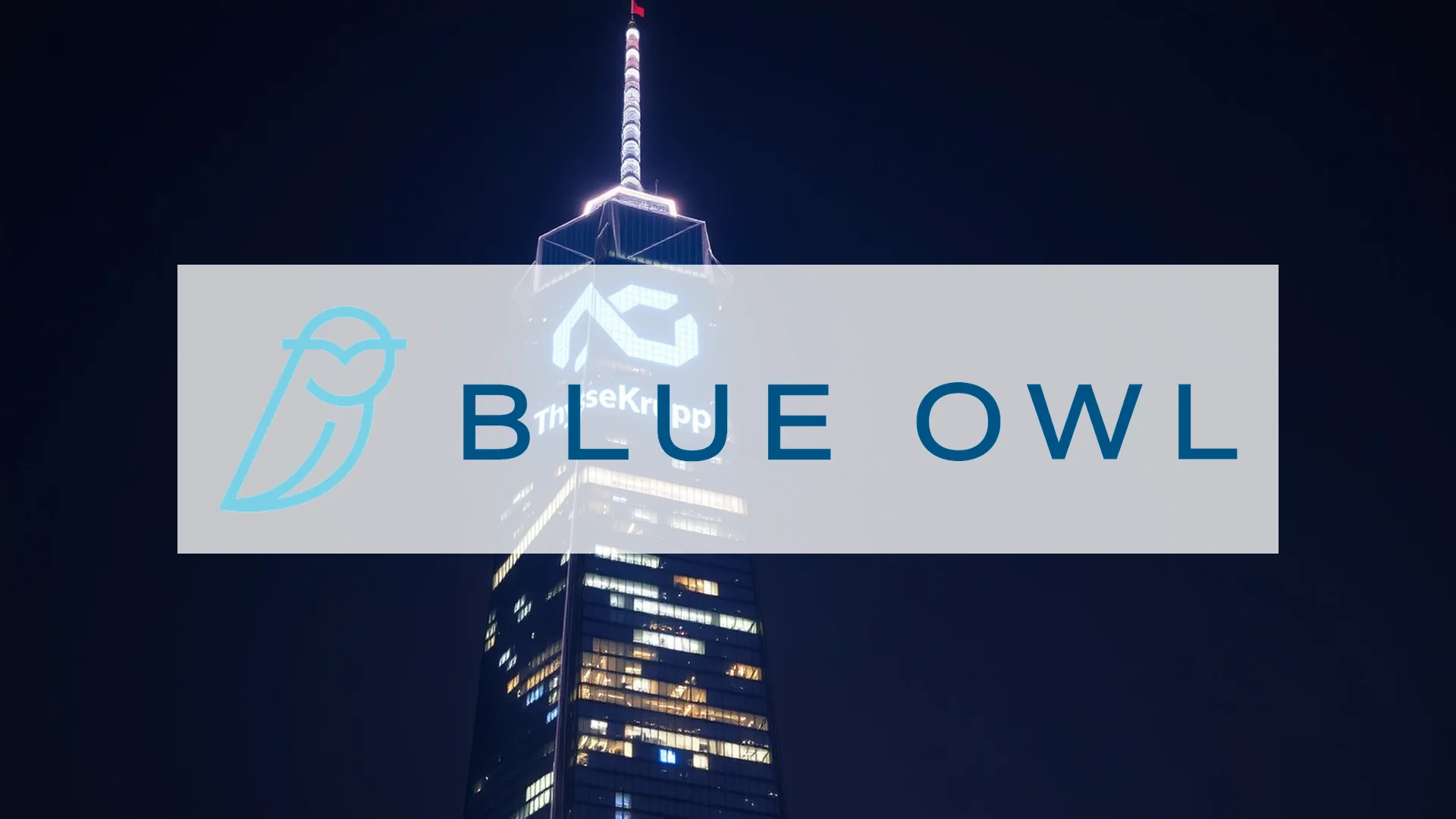In a landmark decision that has captured Wall Street’s attention, the United States government has positioned itself as one of Intel Corporation’s largest shareholders. The substantial investment gives Washington nearly a 10 percent stake in the semiconductor giant, marking an extraordinary intervention in the private sector.
Substantial Investment Through Existing Programs
The transaction involves a massive $8.9 billion capital infusion, with the U.S. government acquiring 433.3 million Intel shares at $20.47 per share. Rather than allocating new funds, this arrangement converts previously committed financial support into equity. The funding originates from two key initiatives: $5.7 billion from the CHIPS and Science Act and an additional $3.2 billion from the Secure Enclave program.
Market response to the announcement was overwhelmingly positive. Intel shares surged more than 5 percent on Friday, reaching $24.80 as investors welcomed the development.
Strategic Investment With Limited Influence
Despite the enormous financial commitment, the government’s role will remain strictly passive under the agreement’s terms. Washington will not secure board seats or exercise any control rights within the company. In shareholder voting matters, the administration has indicated it will generally follow management recommendations, reserving only minimal exceptions to this approach.
Should investors sell immediately? Or is it worth buying Intel?
This carefully structured arrangement aims to provide Intel with the capital stability required for its ambitious domestic expansion plans, particularly within its foundry operations division. The timing proves critical as the chip manufacturer faces substantial financial losses and intense strategic pressure in the competitive semiconductor landscape.
Competitive Challenges and Market Position
The government’s substantial backing arrives as Intel confronts significant market share erosion across several key segments. Most notably, competitor AMD continues to gain ground in the crucial x86 server market, challenging Intel’s historical dominance in this high-value sector. The company’s foundry business also encounters formidable obstacles while operating in an intensely competitive global environment.
Industry observers now question whether this unprecedented government investment will enable Intel to regain its competitive footing against both established rivals and emerging challengers in the semiconductor industry.
Ad
Intel Stock: Buy or Sell?! New Intel Analysis from November 25 delivers the answer:
The latest Intel figures speak for themselves: Urgent action needed for Intel investors. Is it worth buying or should you sell? Find out what to do now in the current free analysis from November 25.
Intel: Buy or sell? Read more here...













